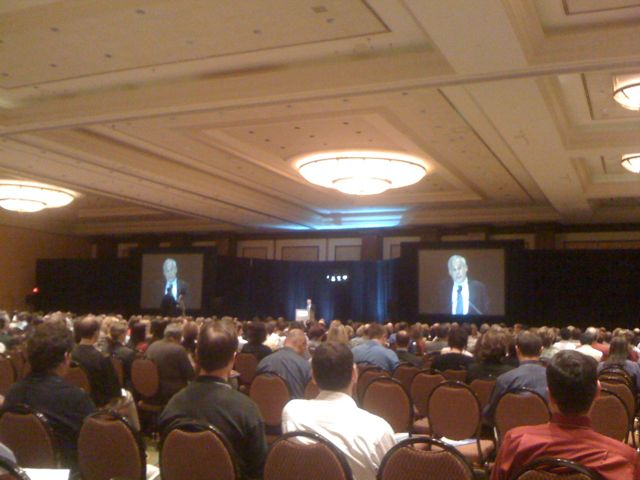This self administered assessment poses statements regarding specific attributes within areas that Maverick Healthcare Consultants has determined to be critical "quality markers." It is designed to help you move beyond a "gut feel" to see how your organization stacks up against a variety of critical dimensions of quality. Hopefully you will learn something that challenges your assumptions about what it will take for your organization to establish a true environment of quality and patient safety.
For each of the following statements, score yourself as follows based on your reaction to the statement:
4 points: Strongly Agree
3 Points: Agree
2 Points: Disagree
1 point: Strongly Disagree.
After recording your reaction to all 15 statements, add up your total and refer to the evaluation at the bottom of the form.
______ The ability to provide demonstrably high quality patient care is a key element of our Strategic Plan.
______ We have a strong imperative for quality improvement in our organization, driven by our Executive Leadership.
______ We have effectively defined what constitutes "quality," and have developed a robust set of objective measures to monitor it on a routine periodic basis.
______ We have an aggressive set of quality performance goals.
______ Our quality measures include consideration of care processes, outcomes and resource utilization.
______ We periodically benchmark our quality performance against other organizations and find that our performance is similar to "Top Performers."
______ With regard to Joint Commission accreditation, we are "survey ready every day."
______ We routinely provide quality performance information to our Board, our employees and Physicians, and to the community.
______ Our employees and physicians believe we have effective and efficient clinical care processes.
______ Our care processes are based on current medical "best practice" evidence.
______ Our We have the organizational skill and capacity to develop and implement effective quality performance improvement initiatives.
______ Our approach to quality assurance incorporates "concurrent intervention" techniques.
______ We have tools and technologies that enhance our caregivers' ability to provide quality care at the point of care.
______ We have a "culture of safety" that is understood and embraced by all employees.
______ Our Physicians understand and are aligned with our Quality Management strategy.
_______ TOTAL SCORE
54 - 60 Top Performer. Your organization understands the core elements of Quality Management and is well positioned to remain a leading quality provider in your market. Quality is inherent in your culture and you are continuously improving your performance. What to do next? Consider developing a Quality Innovation or Accelerated Quality Implementation program to infuse a fresh new level of effectiveness into your quality management organization.
48 – 54 Aspiring Performer. You are a solid quality provider, but the competition is not far behind. What to do next? Assess how your organization rates against each of the five Critical Quality Markers to clearly define your organizations strengths and weaknesses, and develop your Blueprint for Strategic Quality Management Success.
< 48 Challenged Performer. While you recognize that quality is important, your organization's culture, processes and infrastructure do not support effective quality management. Quality performance is mixed, and significant improvements are elusive. What to do next? Consider developing a comprehensive Quality Management Strategy to create a tailored program that will transform your organization's quality and patient safety culture and capabilities.







